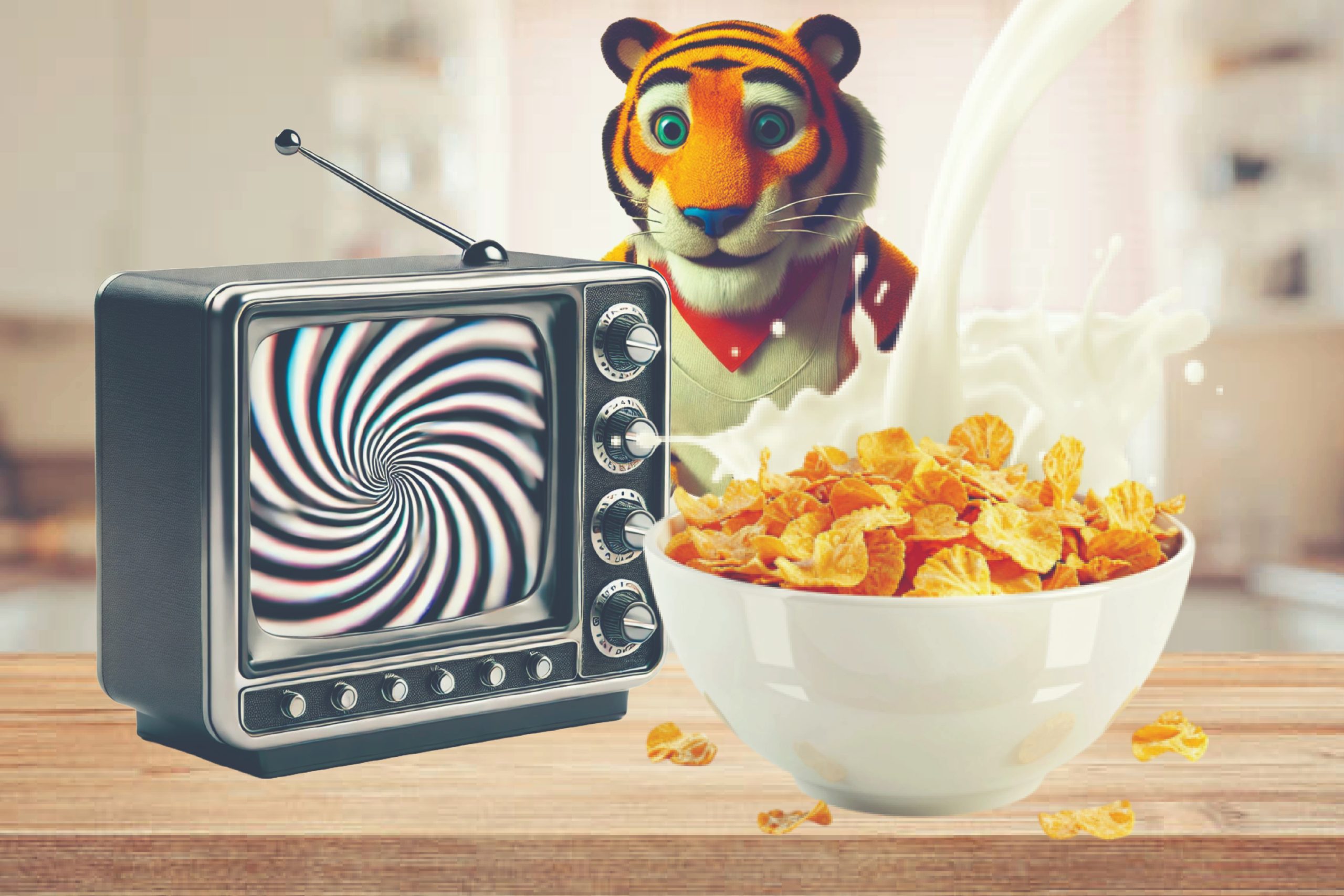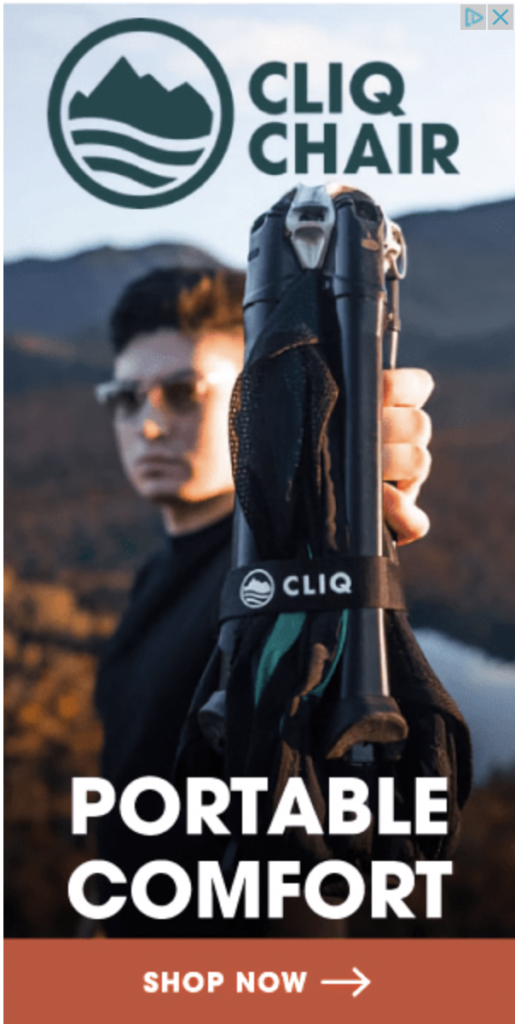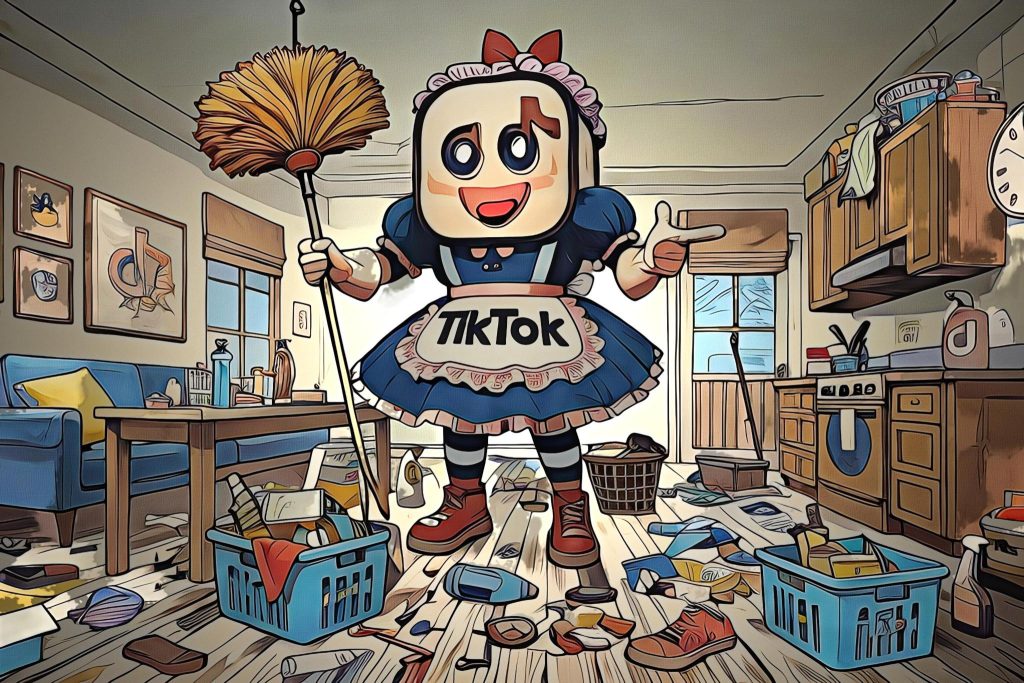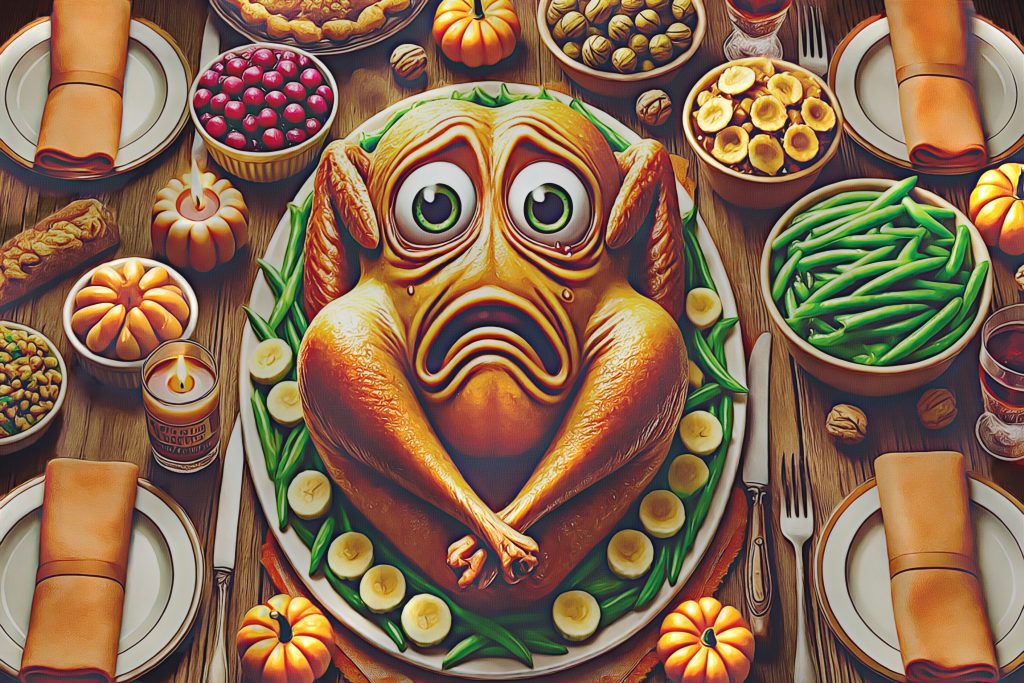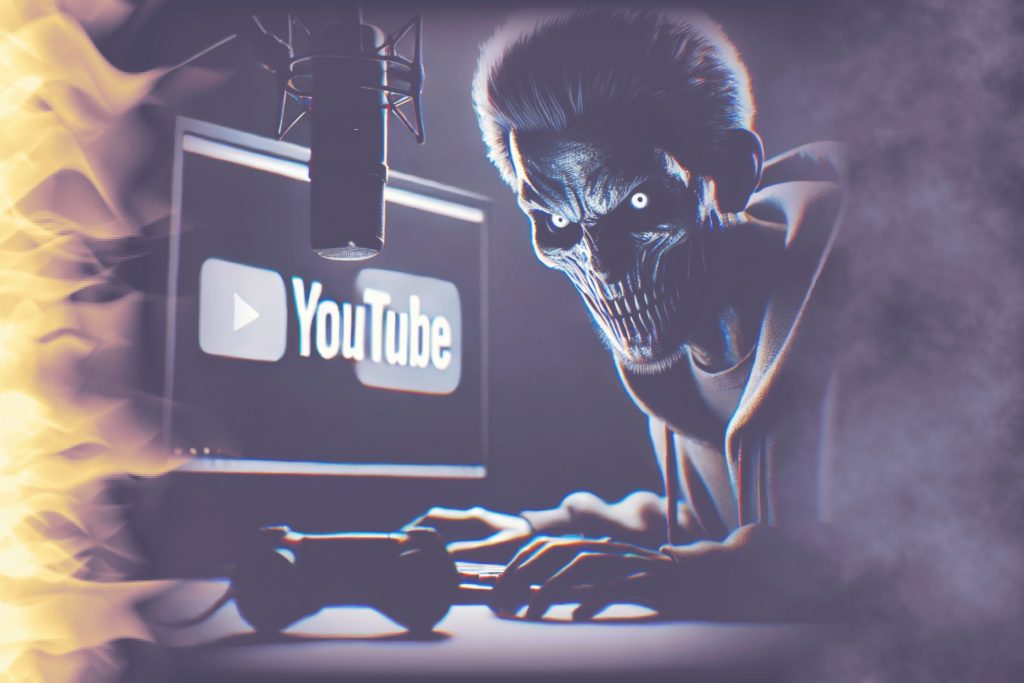Cue the dial-up tone and a neon windbreaker—let’s rewind to the ’90s, an era when TV ruled the living room and commercials were as much a part of the experience as the shows themselves. But here’s the twist: while we were busy quoting catchphrases and begging our parents for a Tamagotchi, something else was at play. Behind those jingly tunes and smiling faces was a very clever hidden strategy, a masterclass in persuasion that seeped into our minds, programming us into lifelong consumers.
Picture it: a young, wide-eyed generation staring at screens, absorbing not just the catchy slogans but the subliminal messages woven within them. ’90s commercials weren’t just selling products; they were selling lifestyles, dreams, and a craving for more, more, more. These ads did more than push soft drinks or sneakers—they engineered a generation’s buying habits, shaping what we want, how we spend, and even what we define as “cool.” And the kicker is that most of us had no clue.
So, buckle up and come with me as we dive deep into the era of subliminal slogans, carefully crafted cravings, and sneaky psychological tricks. We’ll dissect five iconic ‘90s commercials, looking beyond the jingles and into the clever tactics they used to brainwash a generation into a life of non-stop consumerism.
Coca-Cola’s Polar Bears: The ‘Cool’ Factor
Who could forget those adorable, animated polar bears sipping on ice-cold Cokes? With a simple concept and a family-friendly twist, Coca-Cola sold more than just soda—they sold “cool.” The genius was in pairing their brand with an image of calm, chill vibes. Research showed that associating the product with positive emotions—like warmth, happiness, and togetherness—kept Coke top-of-mind as a go-to comfort.
Looking back at this 1993 commercial, it’s hard to believe this tech was ever considered cutting-edge—but back then, it was, and this ad cemented Coke as a wintertime staple.
Psyche Tactic: By tapping into a warm, fuzzy family appeal, Coca-Cola didn’t just sell a drink—they sold an experience of relaxation, home fires, and just chilling out in the coolest way ever. And we bought it, subconsciously associating that feel-good image with their brand.
Outcome: Sales soared every winter, making it a staple during holiday gatherings, family dinners, and even snow days. This nostalgic, heartwarming association helped Coca-Cola not just muck through the freezing cold winter season but actually own it.
Barbie and the Perfect Pink Life
Mattel’s Barbie commercials in the ‘90s didn’t just showcase dolls—they sold a universe. With every ad, we saw Barbie in dream homes, fancy cars, or jet-setting vacations, solidifying an aspirational lifestyle young girls (and some boys!) couldn’t resist. The marketing ploy was brilliant: Barbie wasn’t just a doll; she was a lifestyle—pink, polished perfection, and filled with possibility.
Psyche Tactic: Barbie taught us that life was only as fabulous as the accessories you owned—a straightforward early dive into consumerism. “Want to be Barbie? Buy everything Barbie has.” Mattel’s genius was in turning each product into a “must-have” to complete the dream. Without the full set, your Barbie—and by extension, you—felt incomplete. Sound familiar? This mindset has stuck, shaping how many Americans live today, now more than ever.
Outcome: The Barbie empire expanded far beyond dolls to include an entire economy of accessories. Sales skyrocketed, and kids grew accustomed to the idea that owning “more” completed the picture of a perfect life. That vibe still exists today, and spurred on newer industries like “fast fashion.”
McDonald’s Happy Meal: The ‘Must-Have’ Collectibles
In the ‘90s, McDonald’s was way more than just Chicken McNuggets—it was a playground status symbol. Those Happy Meals weren’t just a quick bite; they were golden tickets to cool-kid territory. With exclusive, limited-edition toys, McDonald’s tapped into every kid’s obsession with collecting, turning the drive-thru into a full-on family pilgrimage. Kids begged, parents caved, and the Happy Meal became the ultimate bargaining chip in the family power play.
Psyche Tactic: The strategy was “gotta have ’em all,” giving kids a sense of urgency to complete each collection. By capitalizing on the collectible craze, McDonald’s ensured loyalty, with young customers associating Happy Meals with happiness, excitement, and “cool” status among friends.
Outcome: Happy Meal sales boomed as each new toy collection dropped, embedding brand loyalty early and creating a new kind of consumer—one motivated by the thrill of collecting.
The Nike ‘Just Do It’ Ad: Power, Individualism, and Athletic Cool
Nike’s ‘Just Do It’ campaign was like the holy grail of ‘90s marketing. It didn’t simply advertise shoes; it sold a mentality of ambition, strength, and individualism. By featuring famous athletes, Nike presented its products as essential tools for success, implying that if you wore Nike, you could embody the spirit of a champion. Powerful stuff, right?
Psyche Tactic: Nike knew that associating their brand with power, resilience, and coolness would make it irresistible. “Just Do It” wasn’t just a slogan; it was a life motto, inspiring people to buy more than just sneakers but a whole lifestyle. Things got so intense with Nike, that kids were hurting eachpother over the smeakers, and in some cases, killing for them. Michael Jordan had this to say about the violence surrounding Air Jordans: “I thought people would try to emulate the good things I do, they’d try to achieve, to be better. Nothing bad. I never thought because of my endorsement of a shoe, or any product, that people would harm each other.”
Outcome: Nike’s campaign didn’t just put sneakers on feet—it turned the brand into a cultural powerhouse. Sales shot through the roof, and suddenly, rocking Nike wasn’t about athletic gear; it was a full-blown status symbol. If you wanted to feel like “somebody,” you bought Nike. Confidence, power, and ambition—all in a swoosh. It wasn’t just a brand; it was an identity.
Frosted Flakes: Grrrrreat Mornings Ahead
With Tony the Tiger as their hype man, Kellogg’s Frosted Flakes took breakfast cereal to a whole new level. Beyond that “grrreat” taste, these ads were selling a promise: Frosted Flakes could make your day better—and maybe even healthier. The pretty obvious message was that a bowl of sugary cereal wasn’t just breakfast; it was fuel for greatness. Hard to imagine that flying today, but let’s not forget—it wasn’t so long ago that Nutella was marketed as a health food on toast. Marketing is a powerful beast, and it knows exactly how to play us.
But in the 90s, Kellogg’s took it a step further: eating Frosted Flakes could solve your “bully” problems, too.
Psyche Tactic: By portraying Tony as a coach of sorts, Kellogg’s positioned Frosted Flakes as a breakfast that fueled success at school, specifically regarding athletics, and beat bullies at their own game. The ads appealed to both kids and parents who wanted a “head start” to the day and life. Americans who wanted an edge over everyone else. It was genius marketing: every spoonful became a “step toward greatness.”
Outcome: Frosted Flakes became a breakfast staple, as the campaign cemented Tony as a beloved character and linked the product with positivity, success, energy, and that American “go-go” spirit. They sold more than cereal—they sold a mindset.
Looking back, it’s no surprise these ads left such an impression. The ’90s weren’t just a time of fun jingles and bright colors; they were a training ground in consumerism, subtly and very obsviously shaping our lifelong habits. Each commercial taught us to want more—more products, more excitement, more of whatever these brands were selling. In many ways, we’re still under the spell, reaching for familiar comforts and brands that hold the memories of Saturday mornings, family outings, and cozy winter nights.
So next time you’re hit with a wave of nostalgia and reach for a Coke, or think of grabbing some Frosted Flakes to relive the “glory days,” remember: that impulse isn’t just nostalgia. It’s a masterstroke of ‘90s marketing genius.
Yes, we’ve been programmed, but at least now, we’re in on the secret.

